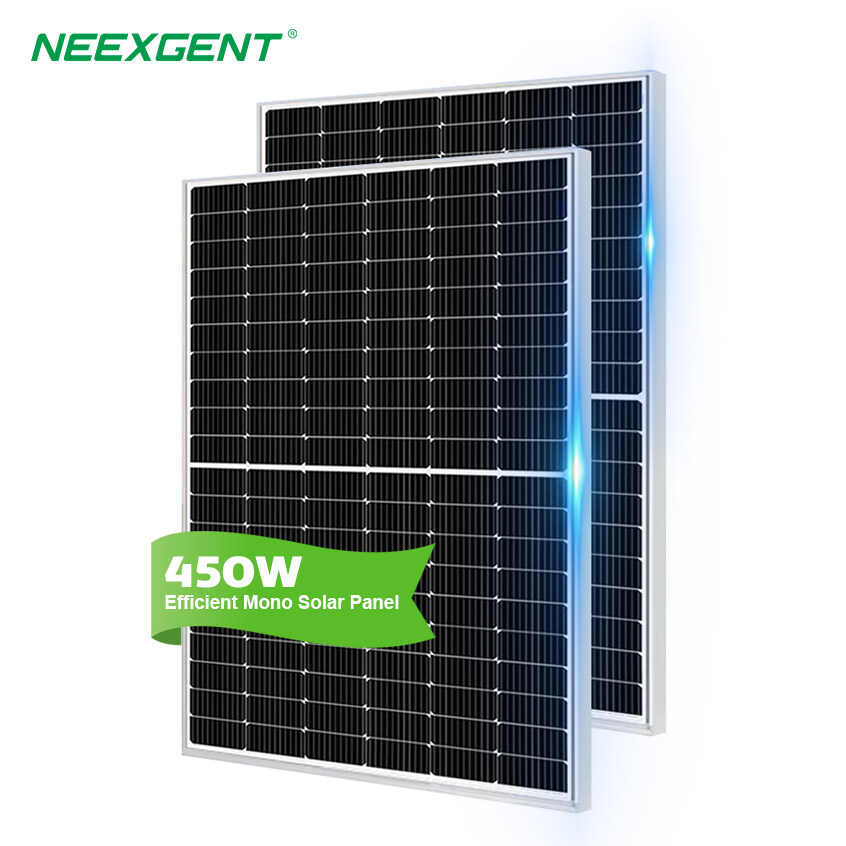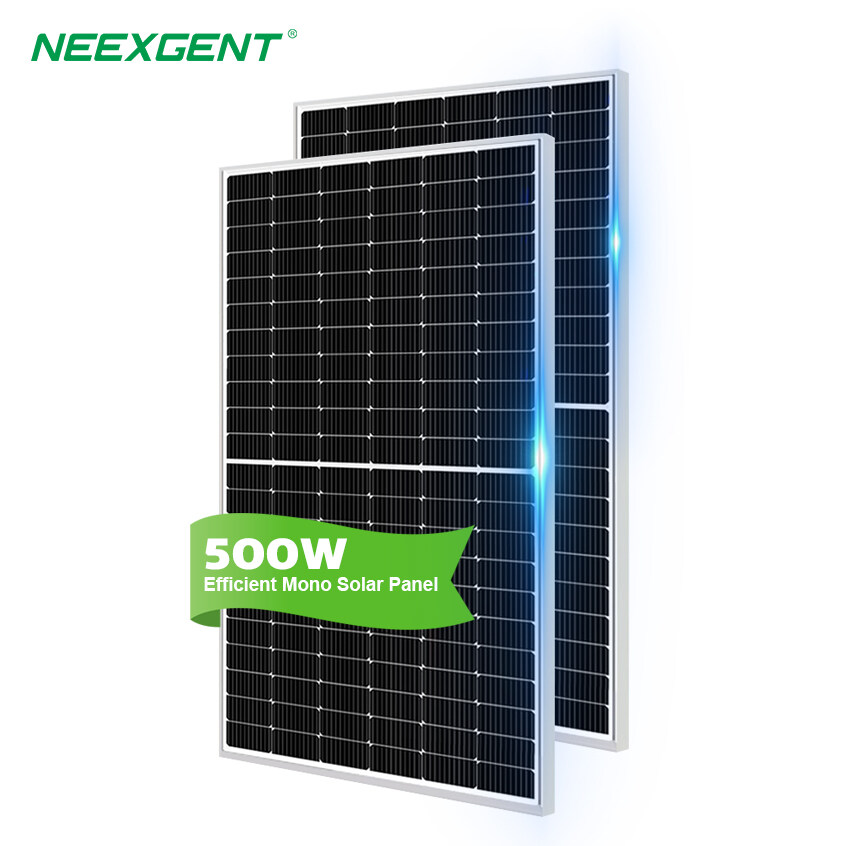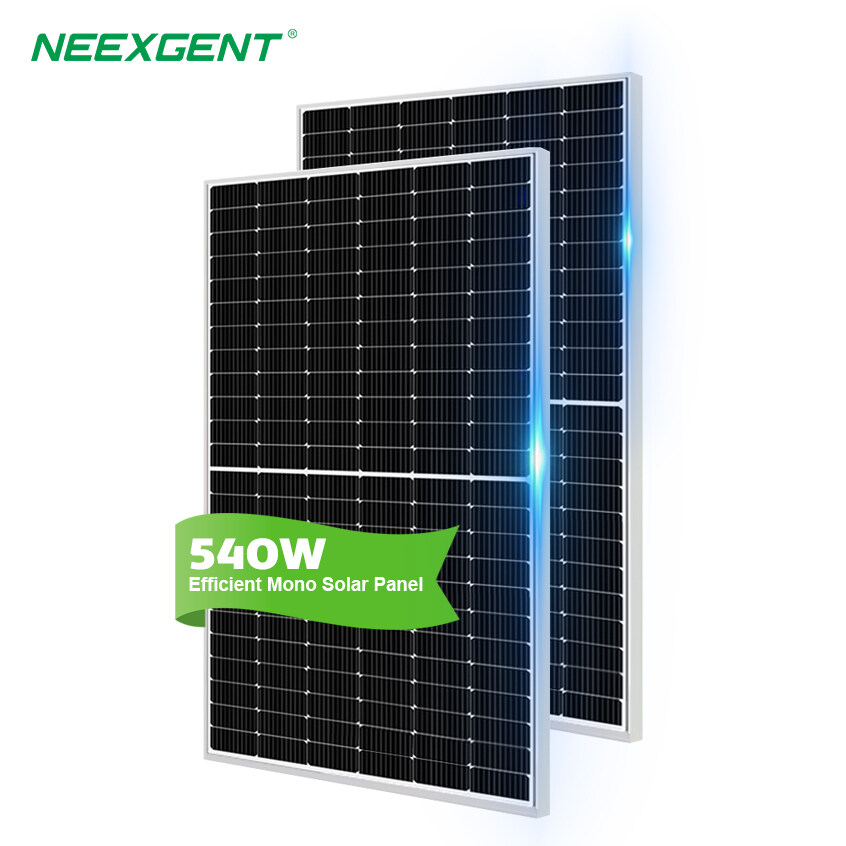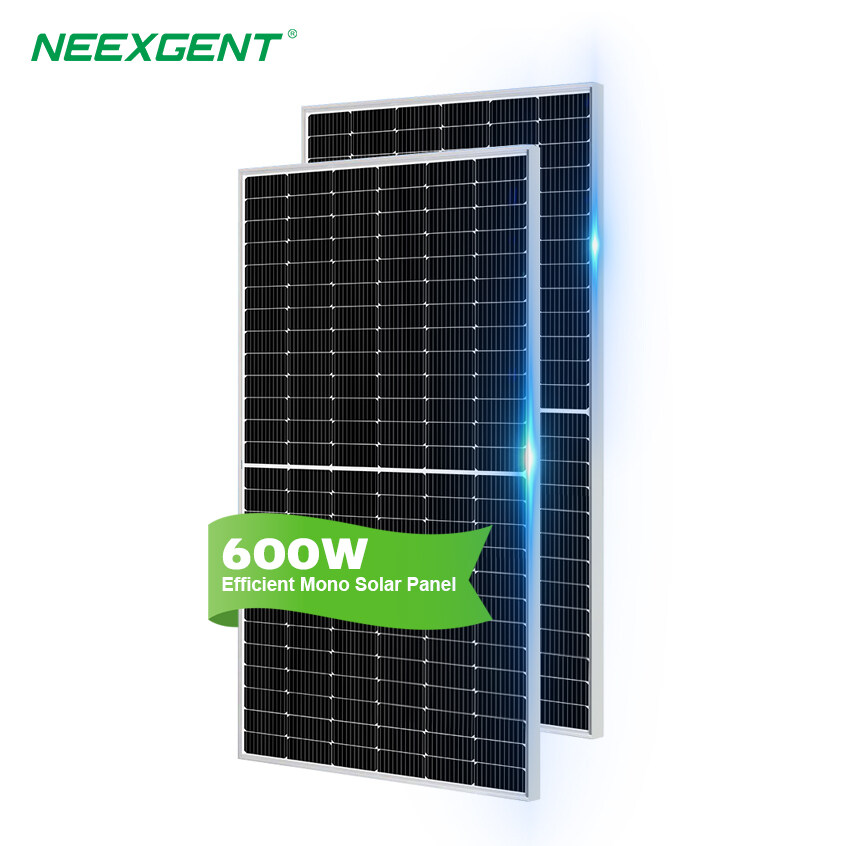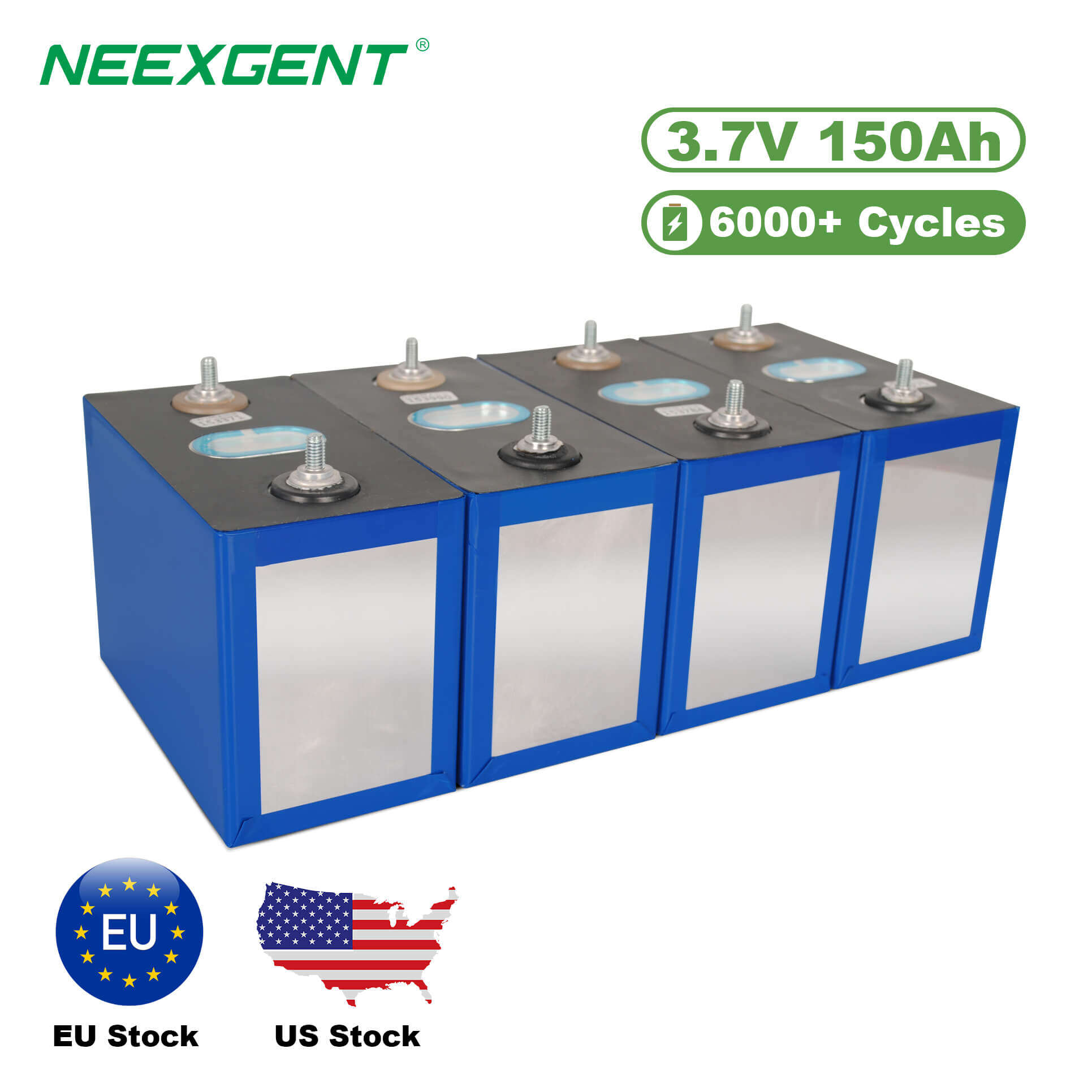Contents:
Solar panels have become one of the most popular and effective renewable energy solutions for residential, commercial, and industrial applications. They convert sunlight directly into electricity through the photovoltaic (PV) effect. However, the performance of solar panels heavily depends on environmental conditions, especially the amount of sunlight that reaches their surface. The difference between a solar panel receiving direct sunlight and one under shade can be dramatic. In this article, we will explore this difference in detail, examine the technical and practical implications, and provide a comprehensive analysis of why shading is such a critical factor in solar panel efficiency.
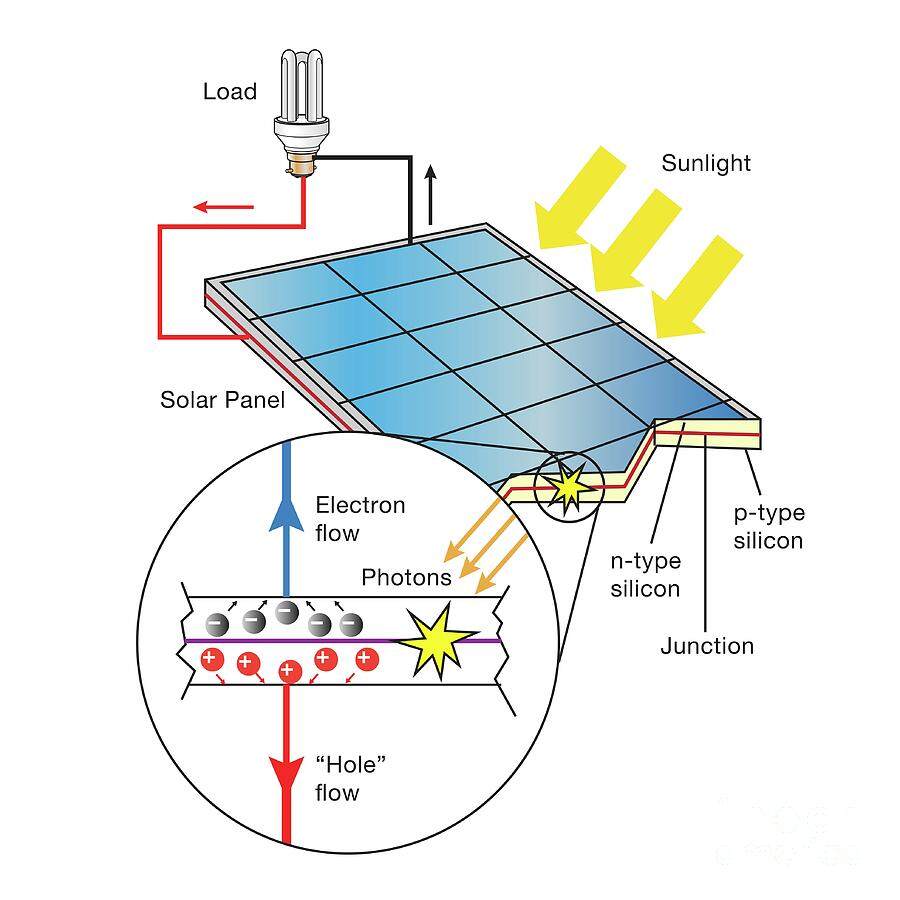
How Solar Panels Work
To understand the impact of shading, it is essential to know the basics of how solar panels generate electricity. Solar panels are made up of many photovoltaic cells, typically silicon-based, which absorb photons from sunlight. This energy excites electrons and creates an electric current. When sunlight is abundant and unobstructed, the current flow is steady and strong. However, any obstruction that blocks sunlight—such as trees, buildings, dust, or even passing clouds—reduces the amount of light absorbed and lowers energy production.
The Role of Direct Sunlight
Direct sunlight is the optimal condition for solar panels. Under direct sunlight:
-
Maximum photon absorption: More photons strike the solar cells, which results in more electrons being excited, and therefore more electricity is generated.
-
Consistent energy production: Direct sunlight throughout the day ensures a predictable and stable power output.
-
Better return on investment: Panels exposed to direct sunlight pay back their installation costs faster due to higher energy yields.
Solar panels are typically rated under “Standard Test Conditions” (STC), which simulate direct sunlight at an irradiance of 1000 W/m², with a cell temperature of 25°C. These ratings are benchmarks for comparing solar panels, and they assume full sun exposure without shade.
➤ See also: Do Solar Panels Need Direct Sunlight?
The Problem of Shading
Shading is one of the biggest challenges in solar energy production. Even small areas of shading can cause disproportionately large reductions in electricity output. This is due to the way solar cells are connected within a panel and the way panels are connected within an array.
Types of Shading
-
Partial shading: When only a portion of the panel is shaded (e.g., by tree branches, chimneys, or debris).
-
Full shading: When an entire panel is covered by shadow.
-
Temporary shading: Caused by passing clouds or moving objects.
-
Permanent shading: Caused by fixed obstructions such as nearby tall buildings.
Why Shading is More Damaging Than Expected
Unlike a simple reduction proportional to the shaded area, shading often causes a cascading effect. Solar cells are connected in series, meaning the lowest-producing cell dictates the output of the entire string. For example, if just one cell in a panel is shaded, it can reduce the current of the entire string of cells, much like how one weak link can compromise an entire chain.
➤ See also: Can Solar Panels Work in Shade?
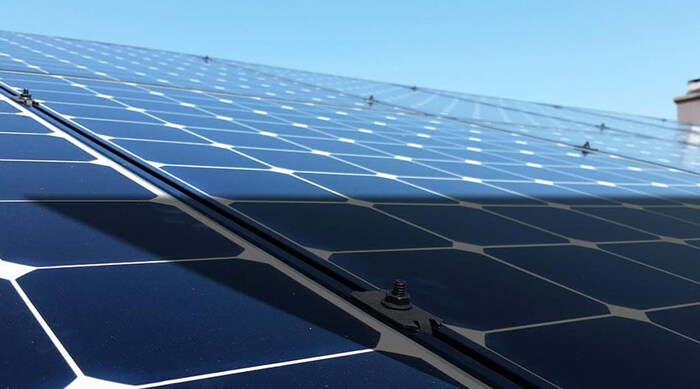
Direct Sunlight vs Shaded: Quantitative Impact
The impact of shading is best understood with actual figures. Here is a simplified comparison:
|
Condition
|
Energy Output (Approx.)
|
Notes
|
|
Full direct sunlight
|
100% (rated capacity)
|
Maximum efficiency, ideal conditions.
|
|
Light partial shading (10–20%)
|
70–80%
|
Small shaded portion reduces output disproportionately.
|
|
Heavy partial shading (30–40%)
|
40–60%
|
Cascading effect significantly lowers performance.
|
|
Full panel shading
|
10–30%
|
Output drops drastically; may only generate residual power from indirect light.
|
|
Diffuse light (cloudy day)
|
40–70%
|
Panels still work but at reduced efficiency.
|
Practical Examples
-
Rooftop Solar in Urban Areas
Houses in dense urban environments often face shading from neighboring buildings. In such cases, solar panels may only receive a few hours of direct sunlight per day. Without careful planning and placement, the return on investment can be significantly reduced.
-
Trees and Vegetation
Trees provide aesthetic and environmental benefits, but their shadows can harm solar performance. Seasonal changes also matter: in winter, when the sun is lower, shadows may stretch further and cover panels for longer periods.
-
Dust and Debris
Even seemingly minor obstructions like leaves or bird droppings can shade parts of a panel and cause a sharp drop in output.
Technological Solutions to Mitigate Shading
While shading cannot always be avoided, modern technology offers ways to reduce its impact:
-
Bypass Diodes
Installed within panels, bypass diodes allow current to “bypass” shaded cells, preventing the entire string from being compromised. This reduces the cascading effect but does not eliminate power loss.
-
Microinverters
Instead of a single inverter handling the output of multiple panels, microinverters are attached to each panel individually. This ensures that shading on one panel does not affect the output of the others.
-
Power Optimizers
Similar to microinverters, power optimizers are attached to individual panels to condition the DC output before sending it to a central inverter.
-
Panel Layout Design
Proper design and orientation can minimize shading. For instance, installers can place panels away from chimneys, vents, or known shadow paths.
Economic Considerations
When calculating the cost-effectiveness of a solar system, shading must be factored into the expected energy yield. A panel that produces 1000 kWh annually in full sun may only generate 600–700 kWh if shading is present. Over the lifespan of a system (20–25 years), this loss translates into thousands of dollars in lost savings.
Environmental Impact of Shading
Interestingly, while shading reduces energy output, it also reduces heat buildup in solar panels. High temperatures decrease panel efficiency, so shaded panels might run cooler. However, this minor efficiency gain is nowhere near enough to offset the significant energy loss caused by shading.
Solar Panel Performance Under Diffuse Light
Even when the sky is overcast, solar panels still generate power from diffuse light scattered in the atmosphere. Though the output is reduced, modern solar panels are designed to capture a broad spectrum of light, which makes them effective even under cloudy conditions. This is why countries with moderate sunlight (like Germany or the UK) still have thriving solar industries.
➤ See also: Do Solar Panels Work on Cloudy Days?
Best Practices for Maximizing Direct Sunlight
1. Site Assessment
Use solar pathfinder tools or apps to map out shading throughout the year before installation.
2. Tilt and Orientation
Panels should be oriented toward the equator (south-facing in the Northern Hemisphere, north-facing in the Southern Hemisphere) and tilted at an angle equal to the latitude for maximum sunlight exposure.
➤ See also: Best Angle for Solar Panels to Maximize Efficiency
3. Maintenance
Regular cleaning to remove dust, dirt, and debris ensures panels receive maximum sunlight.
4. Tree Trimming
Regular trimming of nearby trees prevents gradual encroachment of shade.
Conclusion
The difference between solar panels in direct sunlight versus those in shade is profound. While direct sunlight ensures maximum efficiency, shading—even partial—can severely reduce performance due to the interconnected nature of solar cells and panels. Technological advancements like bypass diodes, microinverters, and power optimizers help mitigate these effects, but the best solution remains careful planning and installation to maximize exposure to direct sunlight.

